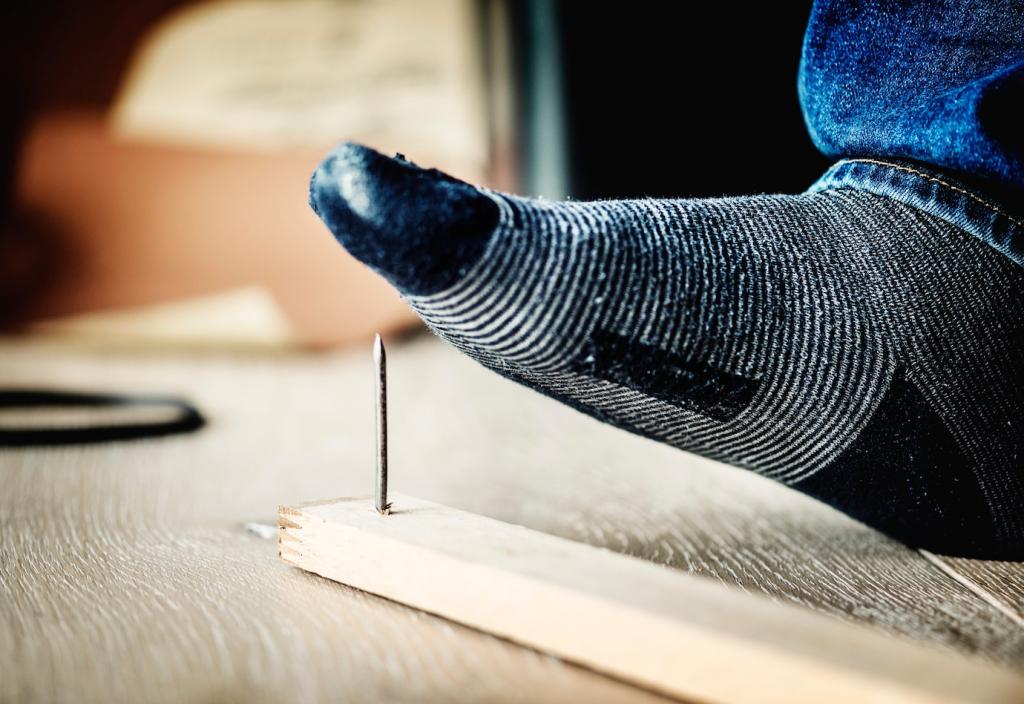Essential Oils for Natural Furniture Maintenance
Chosen theme: Essential Oils for Natural Furniture Maintenance. Welcome to a calm, mindful way to care for wood with nature’s most aromatic helpers. Explore gentle methods, safe blends, and real-home stories—then subscribe and share your favorite scents to keep our community inspired.



Choosing Oils That Work Hard and Smell Heavenly
Lemon and sweet orange lift fingerprints and old light residues while adding a breezy, sunlit scent. Use a very small amount in a carrier and avoid soaking edges or joints. Always test on delicate finishes first. What’s your favorite brightening ratio? Drop it in the comments to help other readers.
Choosing Oils That Work Hard and Smell Heavenly
Cedarwood helps discourage moths in wardrobes and drawers, while lavender settles the room with a clean, restful note. Wipe interiors using a lightly oiled cloth rather than spraying surfaces. Let everything dry before storing textiles. Share your closet refresh playlist and we’ll feature reader routines in our newsletter.

Jojoba (actually a liquid wax) and fractionated coconut oil resist rancidity and remain light on surfaces. Blend 1 ounce carrier with 4 drops lemon or lavender for everyday wipe-downs. Moisten a cloth, never the wood. Save this recipe and tell us how your dining table responds after a week.
Carrier Bases and DIY Blends That Don’t Go Rancid
Simple Techniques: Wipe, Buff, and Breathe
Use a microfiber cloth lightly moistened with your diluted blend, moving with the grain to lift dust without scratching. For carvings, fold the cloth into a soft edge. A single drop of lemon in the mix adds brightness. Share your go-to cloths and we’ll compile a reader-tested list.
Real-Home Stories and Lessons Learned
An inherited cedar chest carried decades of attic air. A reader wiped the interior with diluted cedarwood, then aired it with drawers open for two days. The scent softened to forest-fresh, and linens stored inside stayed pleasant. Have a similar rescue? Share your step-by-step so others can follow.


Real-Home Stories and Lessons Learned
A sealed, painted console had sticky fingerprints that trapped dust. One drop of lemon in a carrier on a cloth lifted grime without dulling the paint. The key was patience and tiny amounts. If you’ve revived a surface like this, tell us which finish you tested and how it responded.
Sustainable Sourcing and Smart Storage
Buy Verifiable Oils with Clear Botany and Testing
Look for Latin names, harvest regions, and GC/MS testing from reputable suppliers. Avoid vague blends marketed as “fragrance oils” for maintenance work. Consistency matters when touching fine finishes. Tell us your trusted sources and we’ll compile a community list to keep quality high and confusion low.
Respect the Planet: Species to Prefer and Avoid
Choose sustainably grown cedarwood and responsibly sourced citrus; be cautious with endangered sandalwood species. Small-batch, ethical producers reduce pressure on fragile habitats. Packaging matters, too—recycled or refill options are a plus. Join the conversation and recommend planet-friendly choices you love using around treasured furniture.
Storage Habits That Preserve Potency and Color
Keep essential oils in dark glass, tightly capped, away from heat and light. Mix small furniture-care batches you’ll finish within months; label with date, oil, and dilution. Stable storage keeps results predictable. Subscribe for our seasonal checklist, and tell us which blends you’re refreshing this quarter.
